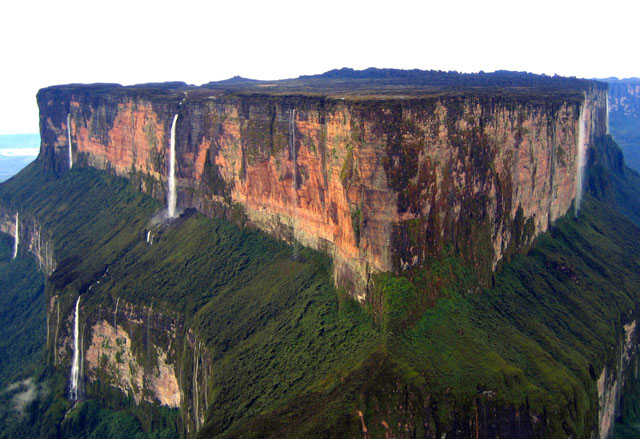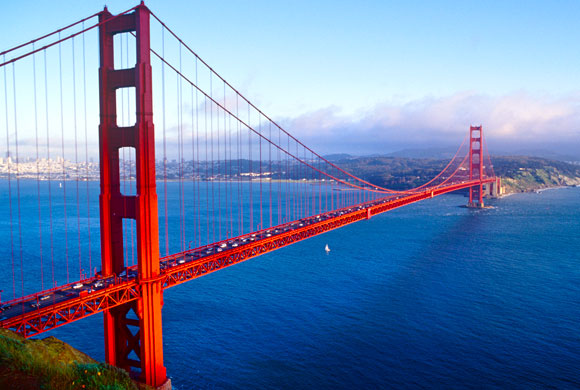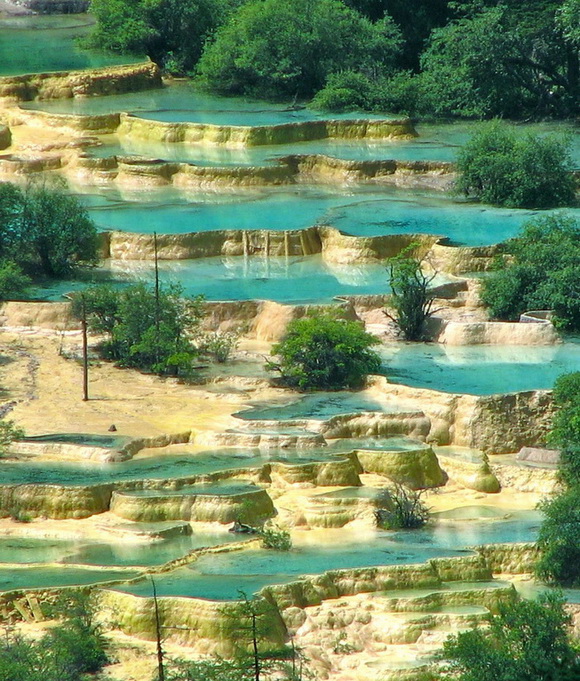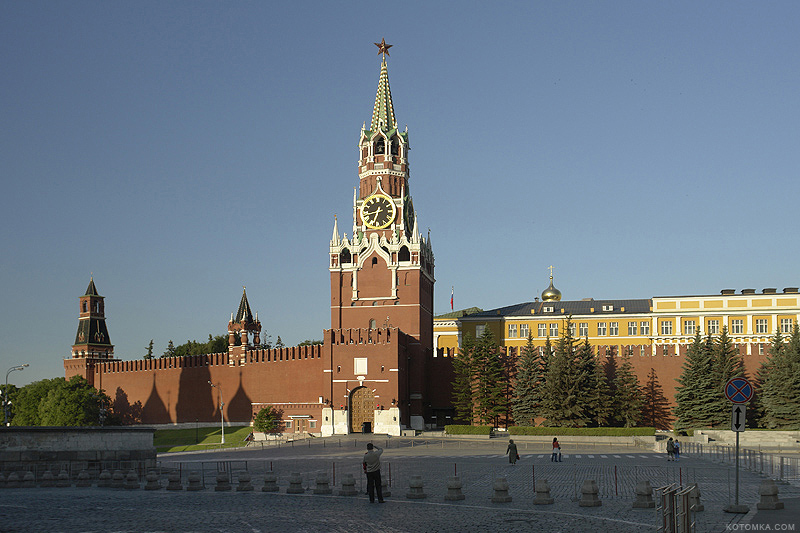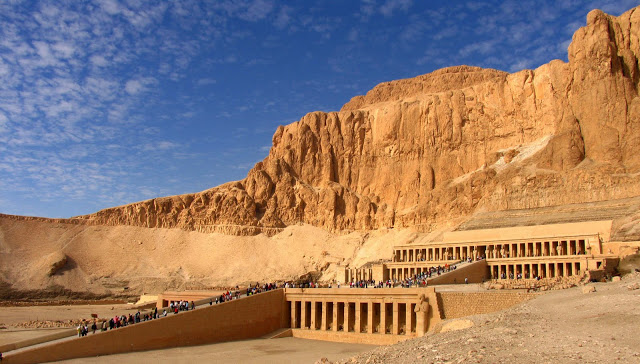
The sight of these incredible natural formations belongs to scenic and historic attractions of Huanglong in Sichuan Province, China, is famous for its beautiful mountain scenery containing mostly intact and varied forest ecosystems. It is also home to impressive karst formations (a type of rock relief) including limestone banks, pools and waterfalls.
It also houses numerous plant and animal species that are endangered worldwide. The panoramic swimming pools and lush vegetation in this area shape one of the most popular parks in China.
Many of these rock pools formed by travertine and other minerals makes its waters are springs.
In the world there are few natural scenes that have this form of waterfalls and natural pools in the rocks and travertine materials for their house special thermal conditions.
Thousands of years of geological evolution has sculpted Huanglong in numerous unique landscapes and geological formations you see here hoy.Revolución glacial soil structure, stratum of carbonic acid rock, tufa water and climatic conditions, such as the Arctic-alpine sun created this popular landscape travertine.

One geological more interest is the deposition of extensive Calcite has producido.Algas and bacteria proliferate in a number of these pools, giving a wide range of colors of yellow and orange, green and limestone karst azul.Piedra shoals, especially includes many Liujinshan (gold glass blower) and Jinshatan (golden beach), in Huanglonggou. Estas are large active limestone slopes, covered by a thin layer of water flow.
Huanglong has been observed since time inmemoriales.Un couple of small stone pagodas found in nurseries in Huanglong Valley head Yuya.The Chronicles of Songpan County reported that the three temples of Huanglong, one behind the other, were built in the dynasty Ming (1368-1644) and attracted a large number of fieles.Mucho Huanglong landscape, particularly around Huanglonggou, is important in the folklore, the Tibetan culture and the religión.Hay many legends associated with various natural resources of the region .
The sublime diverse ecosystem, Huanglong Nature Reserve was registered as a UNESCO natural heritage in 1992.
The Huanglong area is not only famous for its unique karst landscape, also for the wealth of animal and plant resources. In the Valley of Huanglong (Yellow Dragon Valley), located between 2000 m above sea level and its peak at 3,800 m altitude are evergreen forests, and subtropical broadleaf deciduous forest, subalpine forest and shrubs highlands, as well as more than 10 species of rare animals including the giant panda and golden monkey.
